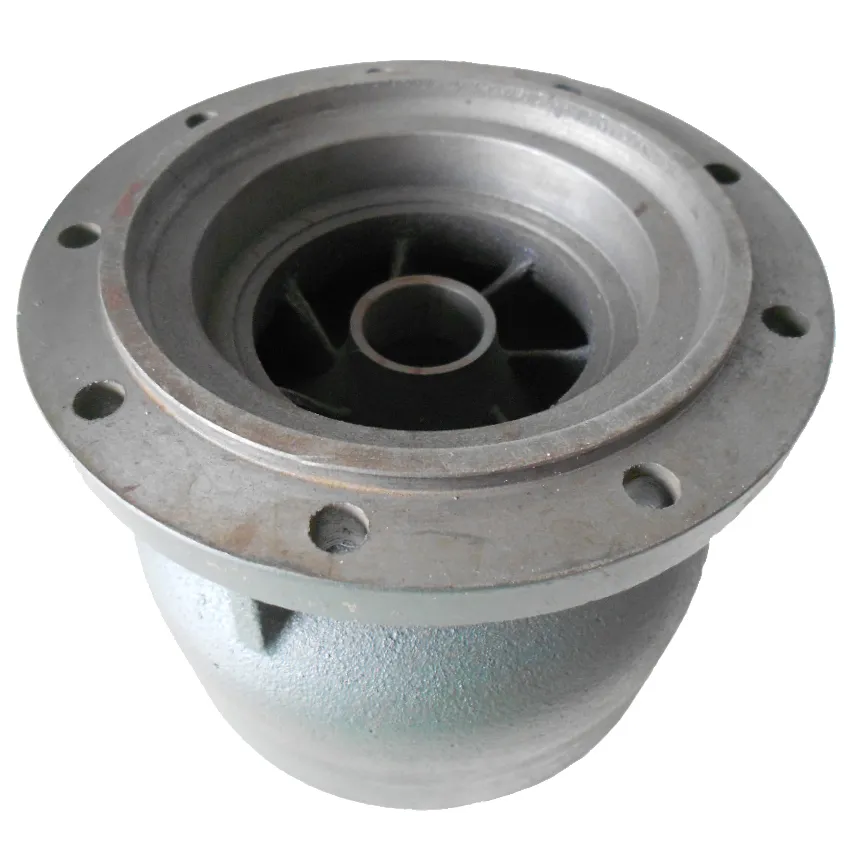Mobile:+86-311-808-126-83
Email:info@ydcastings.com
Exploring Efficient Techniques in Low Volume Aluminum Casting for Optimal Results
Low Volume Aluminum Casting A Cost-Effective Solution for Custom Parts
Aluminum casting has been an essential manufacturing process in industries ranging from automotive to aerospace. Among its various forms, low volume aluminum casting has gained significant attention for its unique advantages. This method caters primarily to the production of custom parts in lower quantities, making it ideal for prototypes, specialized components, and niche applications. In this article, we will explore the benefits, processes, and applications of low volume aluminum casting.
Understanding Low Volume Aluminum Casting
Low volume aluminum casting refers to the production of aluminum parts in quantities that range from a few pieces to several hundred. This method contrasts with high volume casting, which is suitable for mass production but can be cost-prohibitive for low quantity runs. The low volume approach provides flexibility that is crucial for businesses aiming to develop new products or adapt existing ones without incurring the high costs associated with full-scale production.
Benefits of Low Volume Aluminum Casting
1. Cost-Effective Prototyping One of the most significant advantages of low volume aluminum casting is its cost-effectiveness for prototyping. Companies can quickly produce components for testing and validation, allowing for iterative designs and faster time-to-market. The lower material and tooling costs make it feasible to refine designs without the financial burden that comes with high volume production.
2. Material Properties Aluminum is known for its lightweight and high strength-to-weight ratio, making it an excellent choice for various applications. Low volume aluminum casting allows manufacturers to leverage these properties, producing parts that can withstand rigorous conditions while keeping overall weight minimal.
3. Design Flexibility The casting process provides exceptional design flexibility, enabling the production of complex geometries that may be difficult or impossible to achieve through other manufacturing methods. This aspect is particularly beneficial in industries where customized designs are necessary, such as in automotive or aerospace components.
4. Reduced Lead Times With low volume casting, manufacturers typically experience shorter lead times. The process allows for rapid tooling and production, which is essential for projects with tight timelines. Companies can respond quickly to market demands, making low volume casting a strategic advantage.
5. Sustainability Low volume aluminum casting aligns with sustainable manufacturing practices. By reducing waste and energy consumption associated with mass production, companies can produce custom parts while minimizing their environmental footprint. Additionally, aluminum can be recycled, further enhancing its sustainability credentials.
The Low Volume Aluminum Casting Process
low volume aluminum casting

The low volume aluminum casting process generally involves several key steps
1. Design and Engineering The journey begins with detailed designs using CAD software. Engineers collaborate with manufacturers to ensure the design is suitable for casting.
2. Tooling Depending on the complexity and quantity of parts required, tooling may be developed. This can include creating sand molds, investment casting molds, or permanent molds, depending on the desired finish and tolerance.
3. Melting and Pouring Once the mold is prepared, aluminum is melted in a furnace and poured into the mold. The temperature and pouring technique are crucial to ensure the integrity and quality of the final product.
4. Cooling and Finishing After pouring, the aluminum cools and solidifies within the mold. Once cooled, the parts are removed, followed by any necessary finishing processes such as machining, sanding, or coating to achieve the desired specifications.
5. Quality Inspection Finally, rigorous quality inspection is performed to ensure that each part meets the required standards and tolerances.
Applications of Low Volume Aluminum Casting
The versatility of low volume aluminum casting has led to its adoption across various industries. Common applications include
- Automotive Custom engine components, brackets, and housings. - Aerospace Lightweight structural components and intricate parts subject to strict weight restrictions. - Consumer Goods Specialized tools, fixtures, and decorative items that require precise designs. - Medical Devices Custom casings and support structures that must meet stringent quality and durability standards.
Conclusion
In summary, low volume aluminum casting presents an invaluable solution for organizations seeking to produce custom components without the high overhead associated with mass production. The combination of cost-effectiveness, material advantages, design flexibility, and faster lead times makes this method increasingly popular in diverse industries. As technology advances and demand for customized solutions grows, low volume aluminum casting is likely to play an even more prominent role in the manufacturing landscape.
-
Why Should You Invest in Superior Pump Castings for Your Equipment?NewsJun.09,2025
-
Unlock Performance Potential with Stainless Impellers and Aluminum End CapsNewsJun.09,2025
-
Revolutionize Your Machinery with Superior Cast Iron and Aluminum ComponentsNewsJun.09,2025
-
Revolutionize Fluid Dynamics with Premium Pump ComponentsNewsJun.09,2025
-
Optimizing Industrial Systems with Essential Valve ComponentsNewsJun.09,2025
-
Elevate Grid Efficiency with High-Precision Power CastingsNewsJun.09,2025











